A total of nine optical astronomical telescope projects have been settled in Lenghu, northwest China's Qinghai Province, with an investment of nearly 2 billion yuan (about 310 million U.S. dollars), sources here said.
The Lenghu area on Saishiteng Mountain is an ideal location to build an astronomical observatory, said Deng Licai, a researcher from the National Astronomical Observatories under the Chinese Academy of Sciences.
He noted that this area in Lenghu Town, Mangya City, enjoys the advantages of clear night skies, stable atmospheric conditions, and a dry climate, offering great potential for one of the world's best observatory sites.
Tian Cairang, an official with the Lenghu industrial park, said in recent years, several astronomical telescope projects have been launched at the Lenghu astronomical observatory base. Among them is the 50-centimeter Binocular Network (50BiN) project, implemented by the China West Normal University and officially put into use in December 2020.
The civil construction and main body of four projects have been completed with a total investment of 411 million yuan, said Tan. These include the Wide Field Survey Telescope (WFST) project, the Stellar Observations Network Group (SONG) project, the Infrared System for the Accurate Measurement of Solar Magnetic Field (AIMS) project, and the multi-application survey telescope array (MASTA) project.
This year, the construction of the Time Domain Observatory (TIDO) project and the Multiplexed Survey Telescope (MUST) project will start in Lenghu.
The 6.5-meter MUST, developed by the Tsinghua University, will be the largest telescope in Lenghu upon completion. It is expected to help scientists make breakthroughs in the fields of dark energy evolution, gravitational wave cosmology, and galaxy formation.














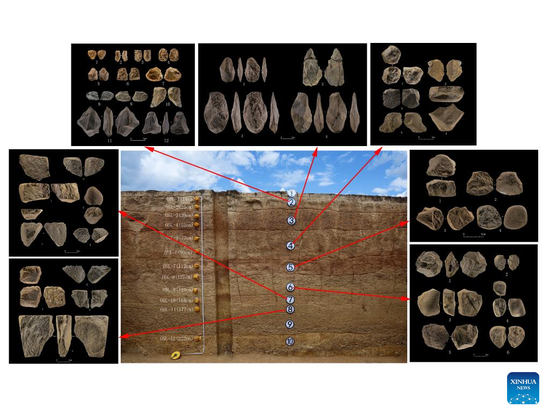


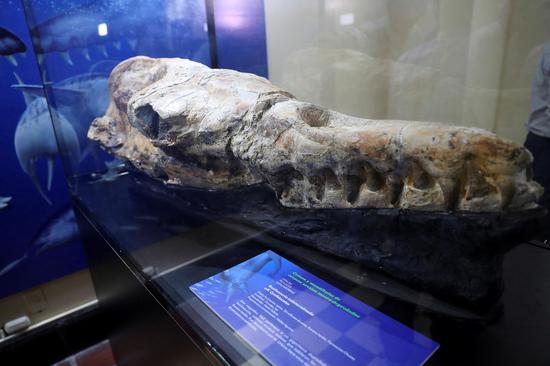







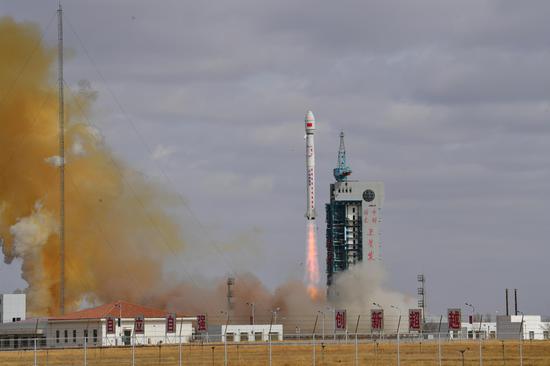





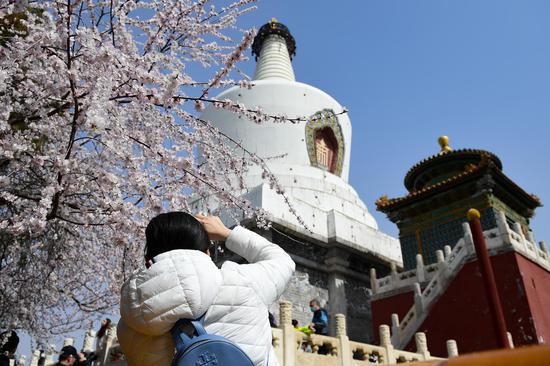






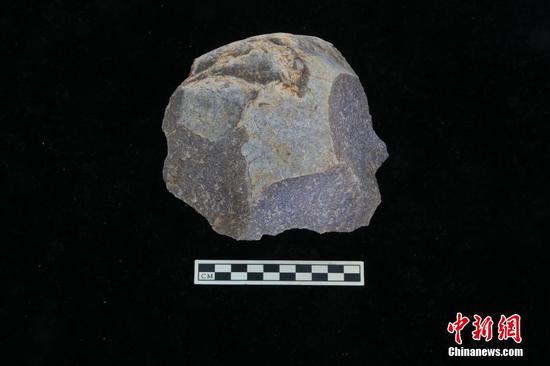







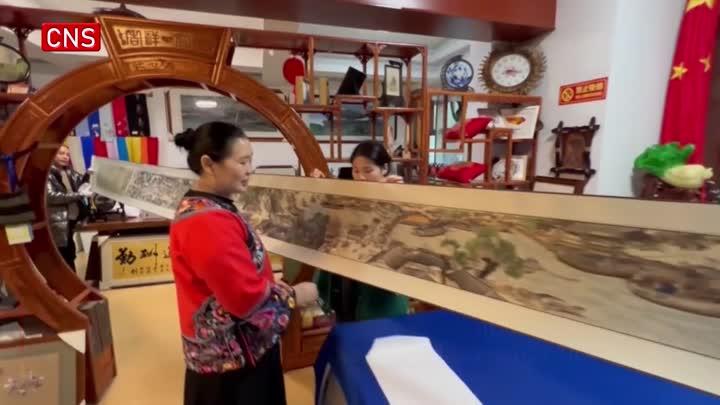



 京公网安备 11010202009201号
京公网安备 11010202009201号